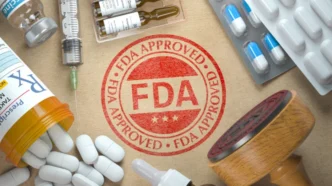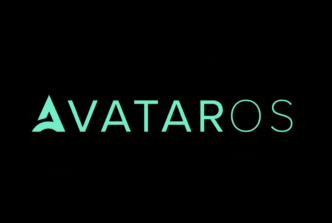The Food and Drug Administration (FDA) is exploring new avenues to speed up the drug approval process by using AI for Drug Evaluation. According to sources familiar with the discussions, the FDA has been meeting with OpenAI and others to discuss how this innovative technology can help streamline the typically lengthy process of approving new drugs.
FDA Commissioner Marty Makary took to X (formerly Twitter) this Wednesday to emphasize the importance of modernizing drug approval with AI. “Why does it take over 10 years for a new drug to come to market?” Makary asked, highlighting the slow pace of drug development. “We’ve just completed our first AI-assisted scientific review for a product, and that’s just the beginning.”
AI’s Role in Accelerating Drug Approvals
At an annual meeting of the American Hospital Association, Makary spoke about how AI could potentially accelerate the approval of new treatments, particularly for diseases like diabetes and certain types of cancer. He did not specifically mention OpenAI during the address, but sources have confirmed that the agency is in talks with the tech company about a project called cderGPT, which is focused on accelerating drug approvals.
The FDA’s AI-assisted drug review project is part of a broader effort to explore the use of AI in drug regulation. A small team from OpenAI has been in ongoing discussions with FDA officials, including Jeremy Walsh, the FDA’s first AI officer. These discussions aim to develop systems that could optimize drug review times, potentially changing how new medications are evaluated and approved.
The Challenges of Integrating AI into FDA Reviews
While the FDA review process is rigorous, it is also time-consuming, typically taking about a year for drug approval. There are fast-track mechanisms in place for some drugs, but the majority of drugs fail before they even reach the FDA for review. AI could make a meaningful impact by improving parts of the process that are most time-consuming, such as reviewing the completeness of applications or assessing large datasets for regulatory compliance.
However, there are challenges to integrating AI into the review process. Some experts, like Rafael Rosengarten, CEO of Genialis, argue that AI needs to be trained properly to ensure that it provides accurate insights. “AI has the potential to speed up the process, but it’s essential that the data used to train the models is relevant and trustworthy,” Rosengarten said. He also noted that AI could be helpful in automating repetitive tasks, like checking for completeness in applications, allowing human experts to focus on more complex aspects of the drug review.
The FDA’s interest in using AI for Drug Evaluation has been growing in recent months. In December 2023, the agency even launched a fellowship program to explore the use of large language models (LLMs) for drug development, precision medicine, and regulatory science. This move indicates that the FDA is serious about using AI to enhance its internal operations and speed up the review process.
At the same time, OpenAI has been working on adapting its ChatGPT Gov platform to meet government standards. In January, OpenAI introduced ChatGPT Gov, a self-hosted version of its AI model designed to comply with government regulations, which may pave the way for more AI applications within the FDA.
Ensuring the Safe and Effective Use of AI in Drug Approvals
While AI presents a promising opportunity to improve the FDA approval process, experts emphasize the need for caution. Andrew Powaleny, a spokesperson for the industry group PhRMA, stressed the importance of using AI thoughtfully, with patient safety at the center. “Harnessing AI requires a thoughtful and risk-based approach,” he said.
With the FDA continuing its research on AI applications and OpenAI making strides toward regulatory compliance, the future of using AI for Drug Evaluation looks promising. The challenge, however, will be ensuring that AI technologies meet the necessary standards for safety and efficacy before they become an integral part of the drug approval process.













